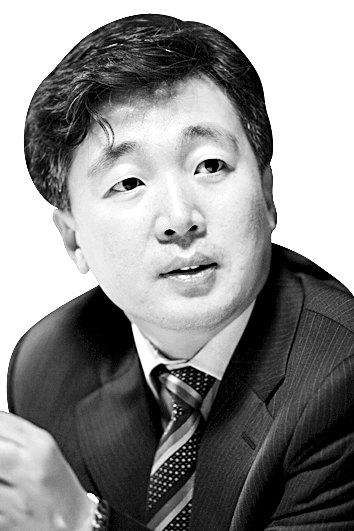Moon’s final obsession

Yeh Young-june
The author is an editorial writer of the JoongAng Ilbo.
“An end-of-war declaration alone cannot solve problems, but it could be a start,” said the late North Korean leader Kim Jong-il in a summit in Pyongyang with South Korean President Roh Moo-hyun in October 2007. Kim, then chairman of the National Defense Commission, employed rhetoric that sounds eerily like what President Moon Jae-in has repeatedly said. The Moon administration’s insistence on a declaration to end the 1950-53 Korean War is nothing new. But it has come up with a new argument that an end-of-war declaration could kick-start a process leading to peace on the Korean Peninsula.
However, an end-of-war declaration should not be made even before both sides start negotiations. Instead, the administration should have proposed such a declaration after North Korea’s denuclearization had reached an irreversible level. Or a declaration could be made in tandem with progress in denuclearization — before or after the installation of U.S.-North Korea liaison offices and an easing of sanctions. Such ideas were widely shared by security strategists under President Roh as a roadmap to peace. President Moon has maintained such a stance at least until the early stage of his government.
Then all of a sudden, an end-of-war declaration was proposed as an impetus to denuclearization — instead of being placed at a midpoint in a roadmap to that destination. Regrettably, the government won’t explain or even acknowledge its suspicious turnaround. U.S. National Security Adviser Jake Sullivan’s comment that the two allies “may have somewhat different perspectives on the precise sequence or timing or conditions for different steps” reflects a stark difference in their approaches.
![Unification Minister Lee In-young, third from right, and leaders of the ruling Democratic Party salute the flag before having a debate on an end-of-war declaration in the National Assembly on December 14. [LIM HYUN-DONG]](https://koreajoongangdaily.joins.com/data/photo/2021/12/29/3f14865b-d3d1-4430-8c04-b64e94a6cbbf.jpg)
Unification Minister Lee In-young, third from right, and leaders of the ruling Democratic Party salute the flag before having a debate on an end-of-war declaration in the National Assembly on December 14. [LIM HYUN-DONG]
A book by former National Security Advisor John Bolton vividly describes the lead-up to Trump’s last-minute decision to adopt a short joint statement. Some pundits put the blame on hard-liner Bolton, but the fundamental reason for a botched summit was North Korea’s refusal to accept the proposed “complete, verifiable, and irreversible denuclearization (CVID).” As a result, the joint statement skipped any mention of an end-of-war declaration. Moon’s dream to declare an end to the war was frustrated once and for all.
One month after the Singapore summit, Secretary of State Mike Pompeo made a trip to Pyongyang, but he could not take a step forward due to the North’s insistence on an end-of-ward declaration first. Pyongyang even refused to meet with Pompeo. Washington stuck with “no declaration to end the war” without any meaningful progress in denuclearization. Security experts often attribute the fleeting spring between the two to no deal in Hanoi, but the seed of the collapse of the summit already started sprouting in Singapore.
The U.S. position has not changed since and the same goes for North Korea’s. The only change is Moon’s adherence to an end of war declaration. The intensity of his obsession grows as his term nears an end. The displacement of an end-of-war declaration is certainly connected to Moon’s obsession. He desperately wants to leave a legacy before stepping down in May.
Moon reiterates that the two Koreas, the U.S. and China all support an end-of-war declaration. But he does not explain why such a declaration failed to be made. Moon also says the declaration is nothing but a political and symbolic proclamation without binding force. The international environments surrounding South Korea cannot afford a government exerting all its final diplomatic efforts to realize a pipe dream of a lame duck president.










with the Korea JoongAng Daily
To write comments, please log in to one of the accounts.
Standards Board Policy (0/250자)